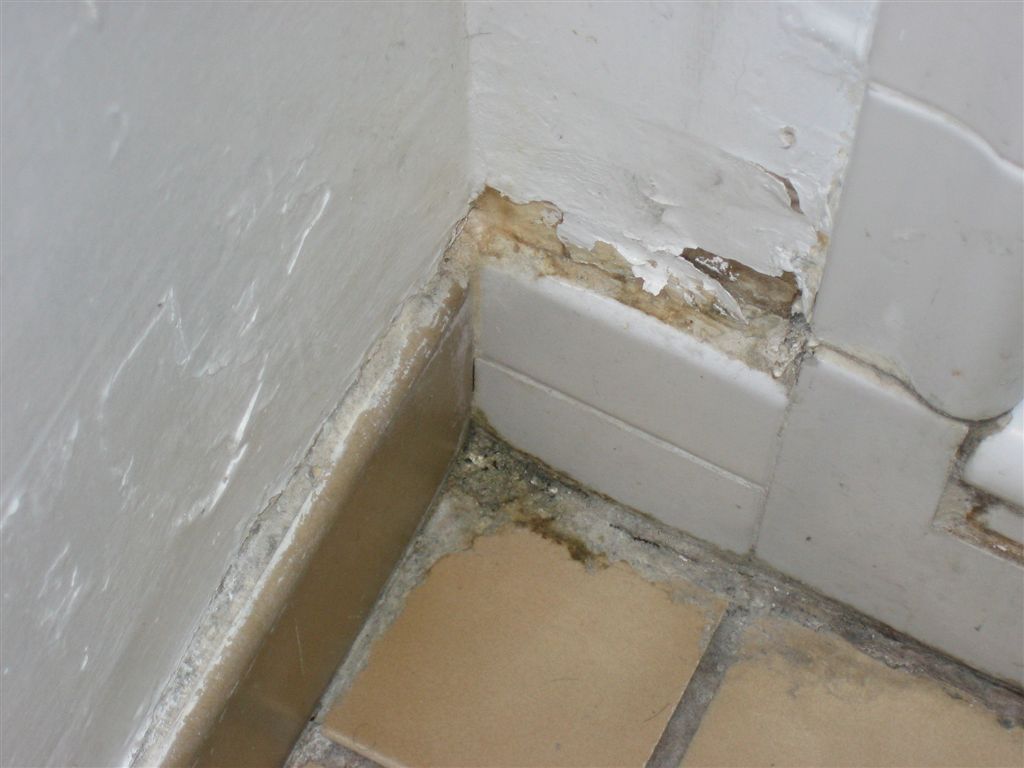Ways to Repair Your Water-Damaged Home
 Everyone wants to protect their investments, and there are fewer investments that require more preparation and cause more anxiety than property ownership. If your home or property has been subjected to significant damage from humidity or water, it’s important to take the correct precautions to ensure water damage restoration prevents mold and fixes the problem. Remember that if the original long term problem is not addressed, you might suffer long-term damage. What follows are some steps and precautions to consider as you investigate the paths to water damage restoration.
Everyone wants to protect their investments, and there are fewer investments that require more preparation and cause more anxiety than property ownership. If your home or property has been subjected to significant damage from humidity or water, it’s important to take the correct precautions to ensure water damage restoration prevents mold and fixes the problem. Remember that if the original long term problem is not addressed, you might suffer long-term damage. What follows are some steps and precautions to consider as you investigate the paths to water damage restoration.
Prepare Adequately
When assessing a property’s water damage, you should first follow a few general precautions to ensure your own safety. If your property was damaged by flooding, make sure you turn off the property’s power and gas before entering it. Be careful not to inhale or drink water while inspecting the property—sewage or otherwise tainted water carries contaminants that could be hazardous to your health. Wash your face, hands, eyes, and mouth after inspecting the property; use disinfectants when possible. As a final precaution, photograph the property damage as thoroughly as you can—the documentation of the damage may prove crucial for insurance negotiations.
Evaluate Damaged Building Materials
Buildings and structures are made out of a variety of materials, and each material reacts differently when exposed to water for a significant period of time. Insulation, for example, retains water well, and can cause further damage if not immediately removed. Plaster walls can be salvaged if damaged by clean water, while drywalls might require complete replacement if exposed, if even for a short period of time. Do you need fan coil units to regulate temperature? That can be an issue in environments that must remain temperature regulated.
In short, a property is an ecosystem of materials that can be thrown drastically out of balance when exposed to a foreign element such as water. The priority, in this case, is to remove said element from the equation. If possible, open windows, wash down wooden surfaces, clean out mud, and drain water from the walls (while being sure to avoid electrical wiring). Choose carefully how you decide to dry wood floors, as they are prone to warping if dried too rapidly.
Consider Dehumidification
Once the area has been investigated, evaluated, and cleaned, it’s time to consider dehumidification as a solution to moisture removal. Portable dehumidifiers prevent water damage, help eliminate odors, stop mold from growing, and come in a large variety of sizes.
—————————————————————————————————-
MovinCool specializes in industrial heating or cooling systems designed to regulate temperatures in office environments, server rooms and other areas that require special considerations.